Here is a brief look at a celebrity’s Human Design chart using just a few of many aspects and layers of a chart. Our purpose here is to give you just a partial glimpse, through Human Design, into this person’s energy dynamics.
Walt Disney
Birth: December 5, 1901 at 12:35 am in Chicago, Illinois
Death: December 15, 1966 in Burbank, California
Background
Known the world over as the KING of cartoon animation, family entertainment and magical theme parks, Walt Disney was a creative genius, big-thinking visionary, driven businessman, and shrewd marketer.
Born in Chicago and raised in Kansas by an Irish-Canadian father and German and English mother, he developed his love of drawing and his fascination with trains at an early age, and was even attending classes at the Kansas City Art Institute by age 16. When his family moved back to Chicago, Walt attended high school by day and the Chicago Art Institute by night.
Torn between becoming an actor or a newspaper artist after returning from driving an ambulance for the Red Cross in France during World War I, he landed a job at an art studio creating ads for newspapers, magazines and movie theaters. By 1920, after a failed attempt at creating his own commercial art company, he became interested in animation—a relatively new art form—and decided to become an animator.
He opened his own animation business in Kansas City, hired some employees, and convinced a popular local theater owner to screen his innovative cartoons. But he struggled with managing the money part of the business and had to declare bankruptcy.
Undeterred, he moved to Hollywood, the movie capital of the world, where he and his brother Roy set up their own cartoon studio. They started with live-action/animated short films, but migrated their focus to the animated characters. Just when things were picking up momentum, he lost most of his staff and the rights to his main character, Oswald the Lucky Rabbit, and found himself on his own again.
Walt and a long-time collaborator then developed the Mickey Mouse character and successfully added sound to what had been silent cartoons, creating the Steamboat Willie short which lead the way to many subsequent sound cartoons and Mickey’s meteoric rise in popularity in the 1930’s. Walt received a special Academy Award in 1932 for creating the Mickey Mouse series!
The rest—as they say—is history. His visionary innovation and talent lead to creating full-length feature cartoon films, colorizing them, and pioneering many innovations that revolutionized the animation industry.
“When the film industry learned of Disney’s plans to produce an animated feature-length version of Snow White, they were certain that the endeavor would destroy the Disney Studio and dubbed the project “Disney’s Folly”. Both Lillian [Walt’s wife] and Roy tried to talk Disney out of the project, but he continued plans for the feature…. Disney then used the Silly Symphonies as a platform for experiments in realistic human animation, distinctive character animation, special effects, and the use of specialized processes and apparatus such as the multiplane camera – a new technique first used by Disney in …1937…”1
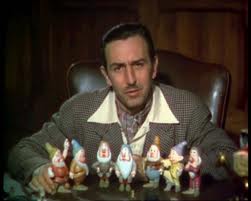 As we know, Snow White and the Seven Dwarfs was a brilliant success for him though he ran out of money during filming and had to borrow money to complete it. Despite uneven success with his many following works and periodic financial problems, Walt kept innovating and branched into mixed live action with animated scenes and also live-action nature films. His studio helped the WWII effort with training and instruction films, and in the mid-50’s produced educational films about the space program.
As we know, Snow White and the Seven Dwarfs was a brilliant success for him though he ran out of money during filming and had to borrow money to complete it. Despite uneven success with his many following works and periodic financial problems, Walt kept innovating and branched into mixed live action with animated scenes and also live-action nature films. His studio helped the WWII effort with training and instruction films, and in the mid-50’s produced educational films about the space program.
In the late 1940’s he had started sketching ideas for an amusement park where adults could enjoy themselves as much as children. In 1955, Disneyland finally opened but was only part of Walt Disney Productions’ expansion into new areas of entertainment, which included full-length live-action films (Treasure Island was the first), TV specials, and the studio’s first daily television show, the Mickey Mouse Club.
By the early 1960’s Disney’s empire was enormously successful but Walt never ‘rested on his laurels’—he was always innovating. He debuted several exhibits at the 1964 New York World’s Fair including audio-animatronics figures which were then incorporated into Disneyland attractions and into plans for his new theme park, Disney World, in Florida—a larger, more elaborate version2 of the California original.
His favorite part of the new project was the Experimental Prototype Community of Tomorrow, known as EPCOT, a mini “planned city” that would be a test bed for new innovations in city living. Sadly, Walt died a year before construction even began on would become the Walt Disney World Resort near Orlando. His brother Roy inaugurated the opening of its Magic Kingdom Park in 1971. EPCOT was Disney World’s second park, opening in 1982.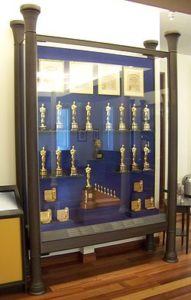
Walt holds the record for the most Academy Award nominations (59) and the most Oscars awarded (22). He also earned four honorary Oscars. What a prolific, creative, work-filled and joy-filled life he had!
His Chart
Walt’s chart readily shows the themes and energy configurations that made him the brilliant and remarkable pioneer that he was.
The first things I notice about his chart are his Open Head, Ajna, and Throat (the top three energy centers—two triangles and a square—which are white). He was designed to take in lots of ideas and inspirations and be open-minded in seeing things from new perspectives and innovating new approaches. His Open Throat not only allowed him to sense and speak for his audiences (and perceive the type of entertainment they were hungry for) but also to creatively communicate in new ways (through animation, film, television, entertainment parks, etc.) and even to be the original voice of Mickey Mouse himself!
As a Generator Type, he had the sustainable energy to fuel his lifetime of creative endeavors, hard work, and massive undertakings. His 2/4 Profile gave him the natural ability to network and attract the right contacts, resources and opportunities.
What his Incarnation Cross (Right Angle Cross of Consciousness-4) reveals that may not have been evident in simply observing his actions was his connection to the higher consciousness. While his ability to stick to schedules and routines (Gate 5) and to quickly learn and master new jobs and techniques (Gate 35) served his daily actions and business successes, his innate balance between logical thinking (Gate 63) and right-brained, holistic, creative thinking (Gate 64) allowed him to tap into higher consciousness and to source his ground-breaking creativity from a broader awareness.
He also had an Open Will Center and Open Emotional Solar Plexus Center so he took in and experienced others’ emotions and their sense of self-value. This probably helped fuel his drive to entertain people and make them feel good.
But a look at his five Defined Channels tells the deeper story. These were the powerful themes underlying and driving his actions and directions in life.
Overall these influences were primarily Individual—he was here to be different and innovative—and Collective, in the Understanding Circuit—he was logical and knew how to test, correct and implement his big ideas.
Here is a look at each of his Defined Channels:
57-10 Channel of Perfected Form — an energy for survival and behavior, guided by intuition, that ultimately creates beauty. This drove Walt’s perfectionism for the sake of form and beauty—for the sake of results and impacts—not perfectionism as an intellectual exercise. He had extraordinarily high standards for himself and others in order to create the best possible end result.
5-15 Channel of Rhythm – an energy of being in the flow of the rhythms of humanity and attracting people magnetically. He brought us into harmony with our own deepest needs for feeling good and for connecting with the wonders of nature and our fellow beings. This also explains his natural magnetism that attracted people not only to his specific work but also to his bigger vision of a world of harmony, beauty and “magic.”
14-2 Channel of the Beat – an energy for sustainably doing creative work and knowing how to guide resources (including the skills and talents of others) to support that work—but it’s only successful when following one’s inner direction. This was one of Walt’s crowning glories and also one of his big challenges as he struggled with managing money effectively in his businesses. He had remarkable creative instincts and indomitable energy, and he drew out the talents and contributions of artists, production experts, and many many others during his career. He clearly followed his own inner guidance, especially on his big and bold endeavors. And after several financial failures early in life, it seems he mastered the issue of managing money and resources.
38-28 Channel of Struggle – an energy for struggling to find meaning and purpose in life and to triumph against overwhelming odds. The stubbornness that is a trademark of this energy was a powerful trait in Walt—he would not give up on things that held meaning for him and that he knew would work. Nearly everything he did was aligned with his stated purpose of creating entertainment that let people leave reality behind and enter a world of fantasy.
18-58 Channel of Judgment and Criticism – an energy that instinctively sees and corrects patterns and faults in order to bring people closer to perfection and enjoyment of life. Here we find another of Walt’s powerful “signature” traits, and yet another energy for perfectionism. He mixed a relentless eye for correcting and improving his work with an insatiable zest for sharing his joy of life with millions around the world.
Oh my, this article is rather longer than I intended yet there is far more I could still say about Walt’s chart. I enjoy every Celebrity Chart article that I research and write, and Walt was no exception!
I’d like to close by simply emphasizing that when we follow our instincts, our gut reactions, and our inner knowing… we’ll be on our correct path every time. Those who master this way of living, like Walt, are shining examples of the profound impact we make when we live true to our Authentic Selves.

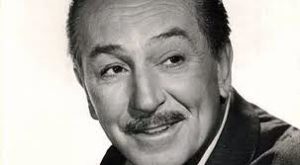
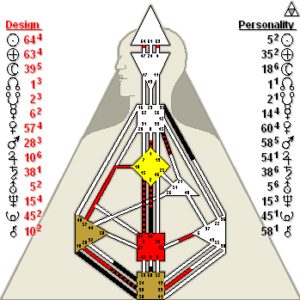
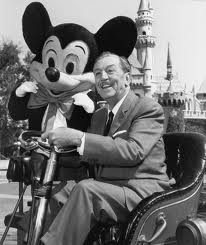
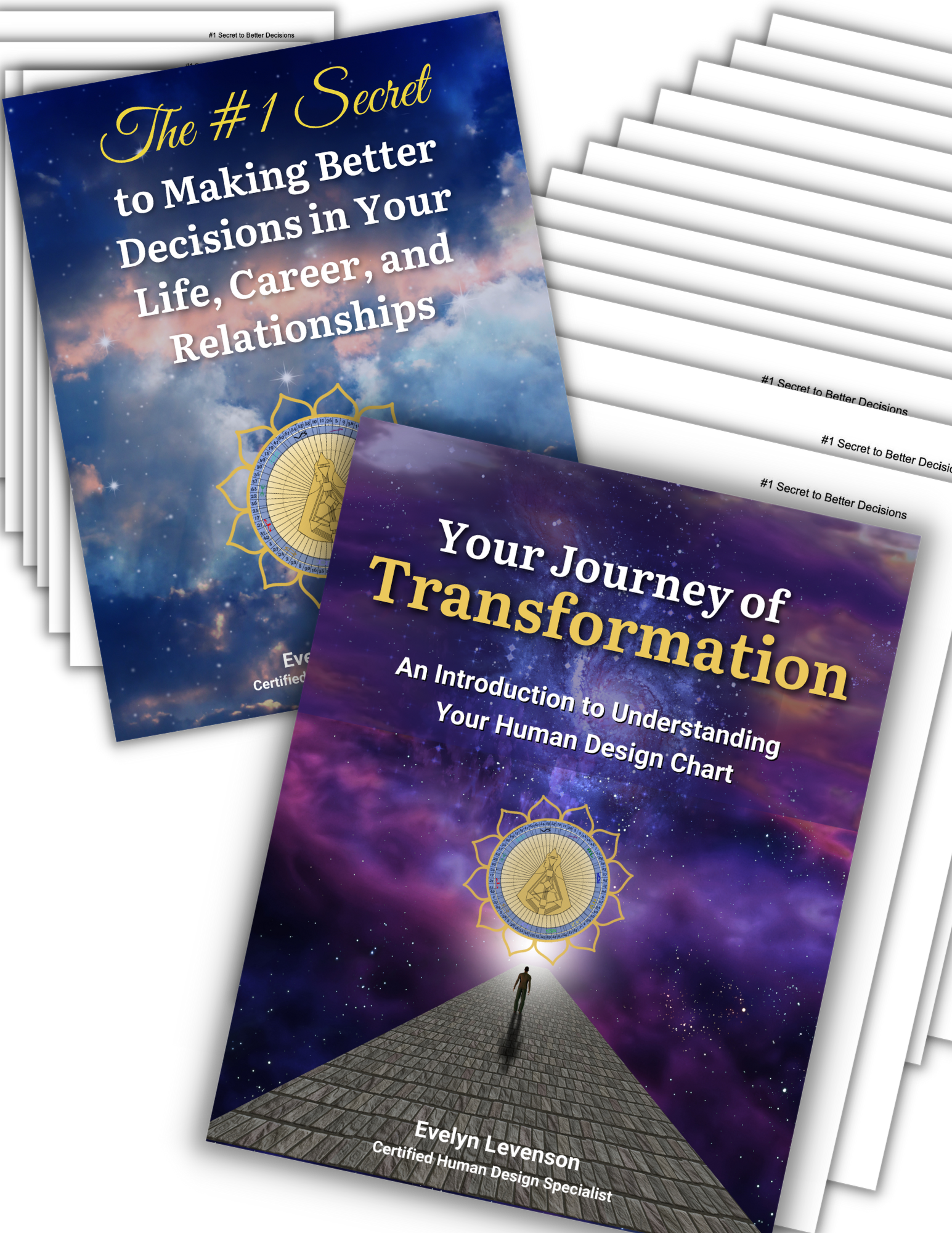
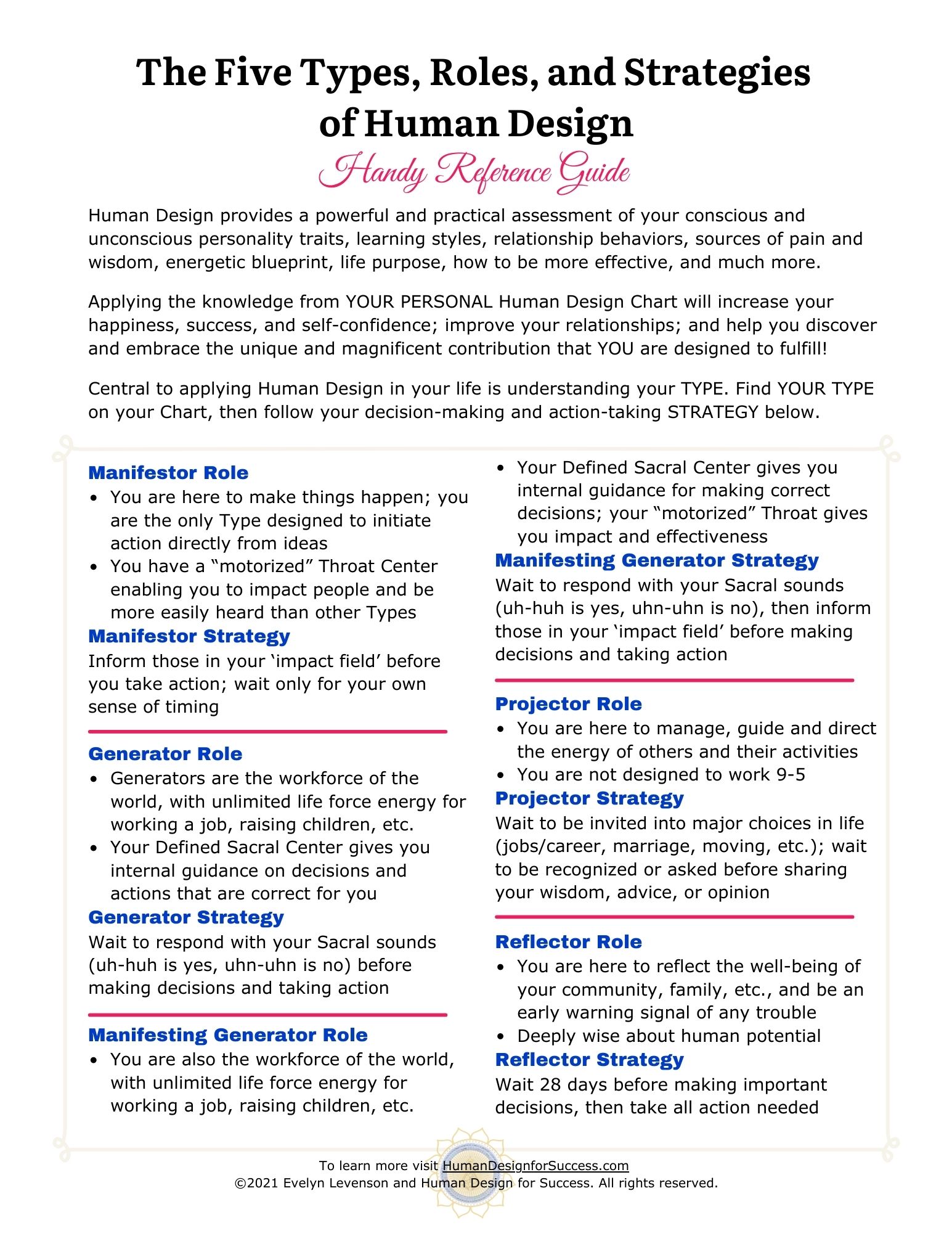
😎
Thank you Evelyn!
🙂 🙂 😉 Evelyn…….Beautiful……I can feel your passion for what you do come through each word & thought. Would love to have Steven Jobs ( I know you did his ) compared to Uncle Walt’s…..they seem so alike in so many ways. Love “ALL” the new ways you’re creating……Peace & LOVE georgine
Evelyn
Very interesting and great information! Celebrity charts are really wonderful to look at to understand how they got to their fame. I think most people don’t understand that it is not always an easy street to create your dream! This helps us to look at our own gifts and talents to see how we can use them to add to the positive flow of the world.
Blessings
Debbie
Beginning in 1930, Mickey has also been featured extensively as a comic strip character. His self-titled newspaper strip, drawn primarily by Floyd Gottfredson, ran for 45 years. Mickey has also appeared in comic books and in television series such as The Mickey Mouse Club and others.:-“*
Please do read our favorite blog <http://www.caramoan.ph